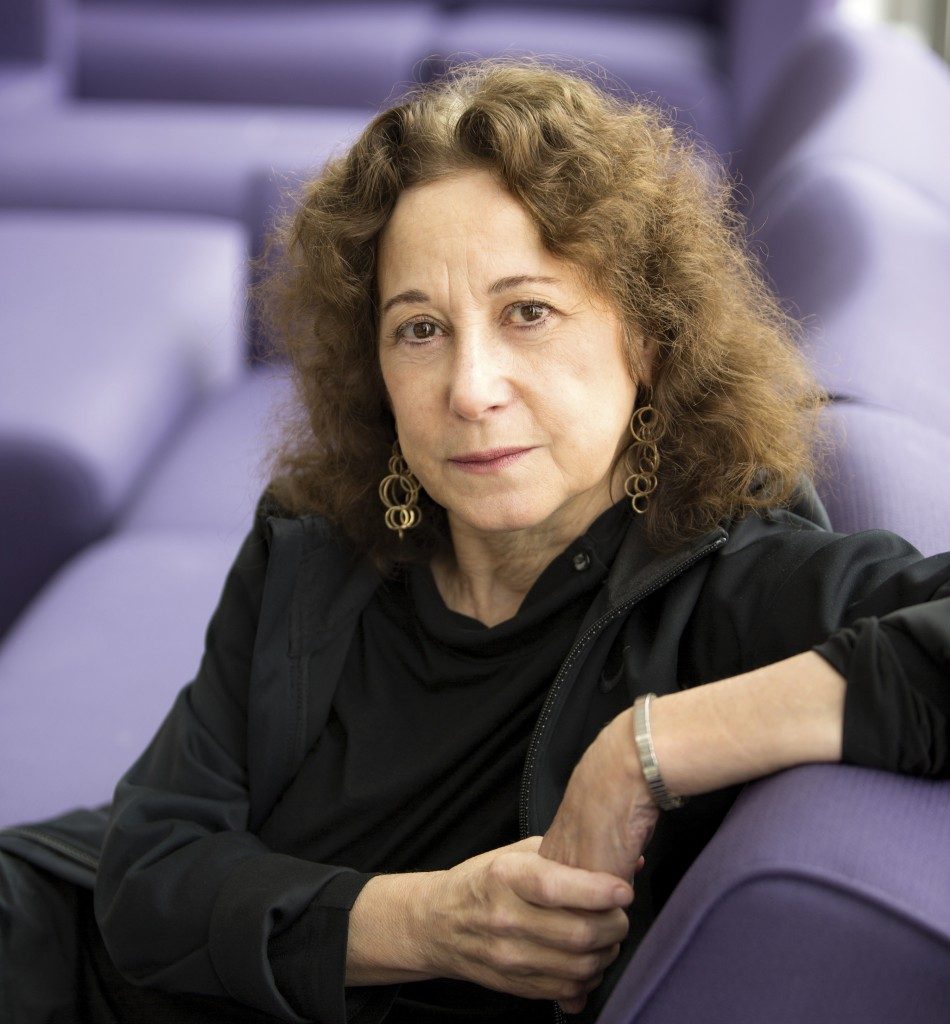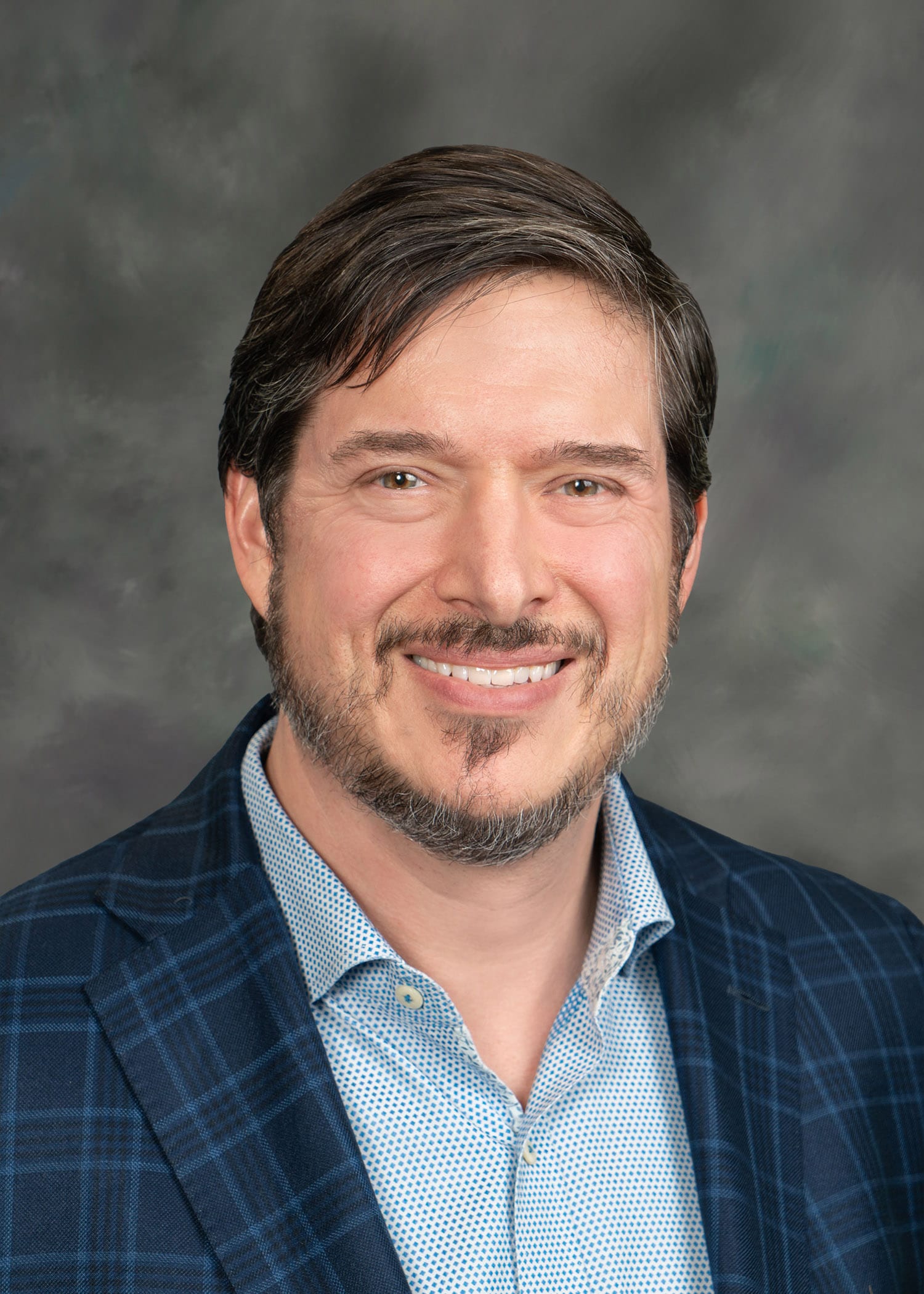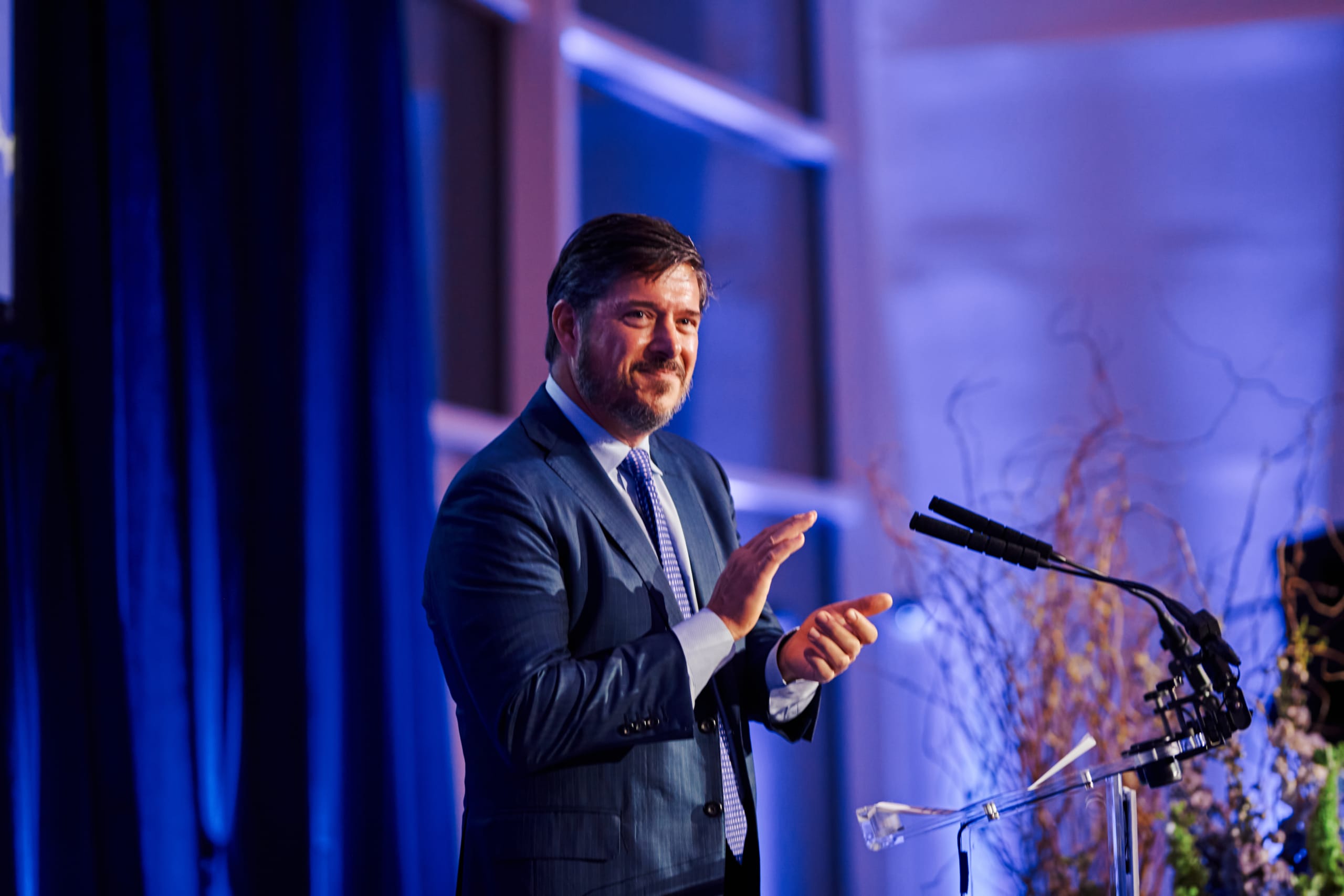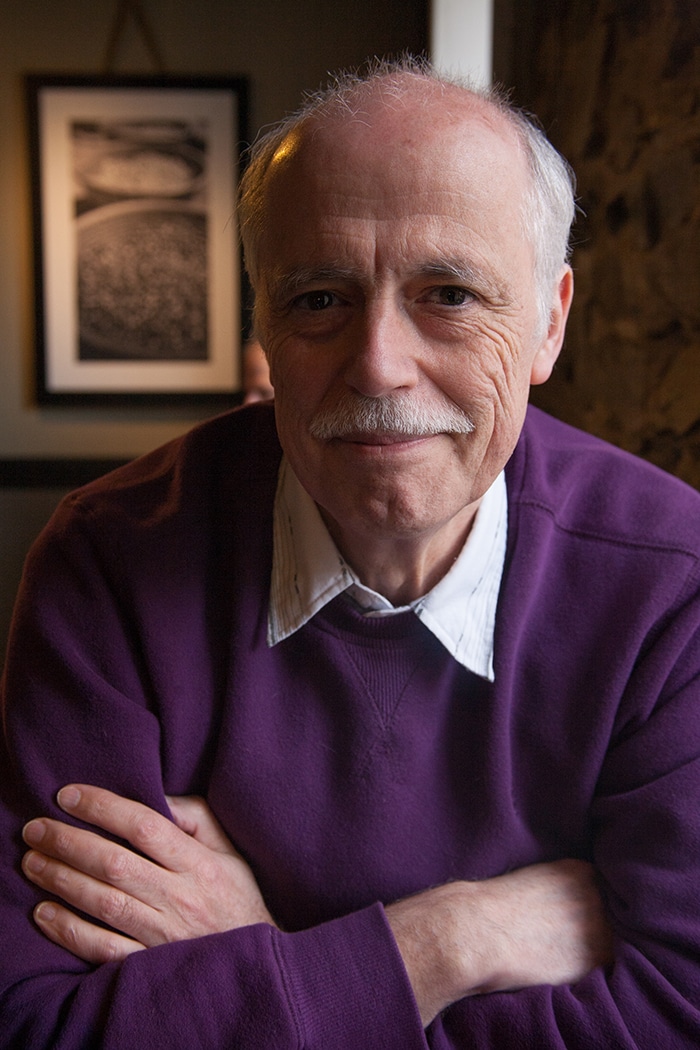
In this installment of our Healthspan Campaign Expert Q & A series, we meet Judith Campisi, Ph.D., from the Buck Institute for Research on Aging. Please note Dr. Campisi’s opinions are her own.
In all of her years of research, Judith Campisi, Ph.D., has learned the importance of flexibility. The worst thing you can do as a researcher is to think you have things all figured out.
“Advances in research are changing the way we all look at many old ideas,” says Campisi.
Campisi, a professor at the Buck Institute for Research on Aging, herself has experienced this in her career. It’s how she got into the aging research field in the first place.
Earlier in her career, Campisi was first and foremost a cancer researcher; aging research wasn’t even on her radar. (“In the late ‘80s, aging research wasn’t very interesting at that point,” she jokes.)
However, as she began to work on a project to investigate the role of cellular senescence in the prevention of cancer, she also began to notice its connection to the aging process.
First, a quick lesson on senescent cells and their role in aging and cancer. Senescence occurs when cells stop dividing. It is caused when cells experience certain types of stress, such as damage to the genome (e.g. radiation from sunlight). This is actually good for the prevention of cancer, because it blocks damaged cells from multiplying. However, senescence has a dark side. Senescent cells secrete a large number of molecules that alter the tissue microenvironment, a process that contributes to aging.
When Campisi saw the senescence-associated link to aging, she was hooked. Aging research eventually became her life’s work.
Thirty years later, cellular senescence remains her biggest passion, and she and her colleagues at the Buck Institute are making discoveries that are helping us better comprehend why we age.
“We are trying to understand senescence better. We want to find what is good in the process without slowing down the process itself,” she says. “So we want to figure out how to control the secretion of the molecules to help stimulate tissue repair when it is needed.”
One of her lab’s recent discoveries showed that intermittent dosing with rapamycin derailed the inflammatory loop associated with senescence – long enough to prevent cancer metastasis in a mouse model of prostate cancer.
Campisi’s lab also made a discovery recently that has experts rethinking a long-held theory: the role of free radicals as a factor in the aging process. For years, free radicals— uncharged molecules having an unpaired valence electron—have been thought to accelerate aging by causing oxidative stress.
However, according to a Buck Institute release, “When scientists in the Campisi lab at the Buck Institute bred mice that produced excess free radicals that damaged the mitochondria in their skin, they expected to see accelerated aging across the mouse lifespan – additional proof of the free radical theory of aging. Instead, they saw a surprising benefit in young animals: accelerated wound healing due to increased epidermal differentiation and re-epithelialization.”
Campisi notes, “This was a bit of a surprise, but we shouldn’t have been totally shocked. There were little hints in published literature on the subject. In this case it shows oxidative stress isn’t always bad if a body is young enough. This has gotten all of us to rethink the idea of free radicals.”
If you talk with Campisi long enough, that theme comes up again and again. The rethinking, the change, that research is leading to more and more discoveries and new ways to find answers to centuries-old questions.
This is especially true in the field of geroscience and aging research.
“The field has exploded because tools in molecular biology have gotten much better. We can do experiments now we couldn’t even think about a couple of decades ago,” she says.
And she adds with a laugh, this has made aging research much more exciting.
But then she notes on a more serious note that the explosion of geroscience has come at a time when many nations are seeing a rapid rise in the aging of their populations, mainly fueled by an increase in longevity.
“The challenge of keeping older adults healthy throughout their lifespan is going to break the budgets of many countries,” explains Campisi. “That’s why geroscience research is so important in extending healthspan.”
As many experts note, extension of healthspan could result in lower health care costs and better health for older adults.
Thanks to experts like Campisi, there are many potential discoveries on the horizon that will change the way we live our lives. And this is change we all can celebrate.





